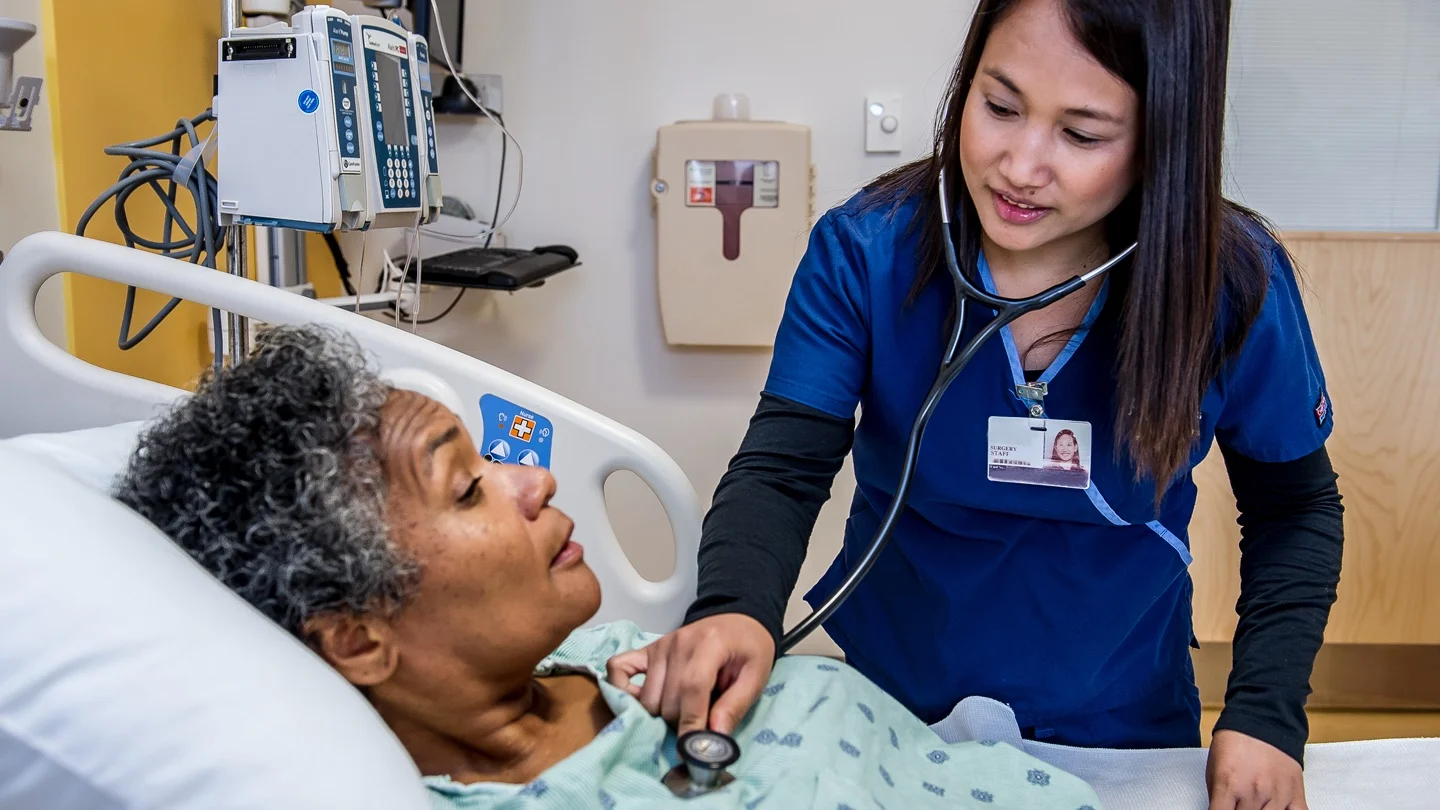Today is our topic of discussion Care of Hands, Feet and Nails .
Care of Hands, Feet and Nails

Care of Hands, Feet and Nails
Hands are more contaminated area and soaking in water enables the nurse to clean them thoroughly.Feet are considered to be the least clean area. Placing the foot in the water and cleaning facilitates through cleaning. Care nail is done by cut short finger nails and the toe nails. To prevent skin injury and injection .
Purpose
- To keep clean
- To prevent skin injury (% scratching)
- To prevent infection
- To promote comfort
- To improve grooming
- To promote self-esteem
- To detect or examine the abnormalities
- To prevent worm infestations.
Patients with diabetes mellitus or peripheral vascular disease should be observed for adequate circulation of the feet. Because of poor vision and decreased mobility, the elderly are at risk for foot disorders. Care of hands and feet can be administered during the morning bath or at another convenient time.
Important Points
- Notice general physical conditions that may place the patient at risk for infections.
- Prevent interruptions during the procedure Soak in warm water to soften nails and loosen foreign particles.
- Prevent spread of microorganisms.
Factors Affecting the Care
- Infection and injury Vascular insufficiency.
- Systemic disease condition.
- Poor health practices.
- Sociocultural background.
Examination Includes
Examination of all skin surfaces, areas between fingers and between toes, shape, size and number of fingers and toes. The condition of the nails such as nail plate, nail color the lunula, shape, thickness, texture, angle and then tissues around the nails.

Common Problems
- Calculus: Thickened position of epidermis. It is painless.
- Corns: Eratosis caused by friction and pressure from shoes
- Plantar warts: Fungaling lesions on sole of foot.
- Ingrown nails: It occurs due to improper nail trimming.
- Athletics foot: Tinea pedis-fungal infection of foot.
- Rams horn nails: Long curved nails.
- Paronychia: Inflammation of tissues surrounds nails.
Foot Care
- Special Foot Care.
- Patients with diabetes and peripheral vascular diseases .
- Clean the feet daily in lukewarm water using.
- Dry the feet and the part between toes.
- Do not cut corns or calculus.
- Wear shoes with porous uppers If dryness is noted along the feet, use olive oil or lanolin and rub gently into the skin.
- Avoid wearing elastic stocking Inspect the feet the soles, the heels and the area between toes daily.
- Wear clean socks and stockings daily.
- Do not walk bare foot.
- Wear shoes or chapels, especially designed soft ones.
- Exercise lower extremities to improve circulation.
- Avoid burns to feet by hot water or hot water bag.
- Treat minor injuries immediately under strict aseptic techniques.
- Consult doctor for even minor injuries.
Equipment
- Clean basin-2 with warm water
- Large tray-1
- Basin to dip foot or hand-1
- Sponge cloths Towel-1
- Nail clipper-1
- Mackintosh and towel-1 Over bed table-1
- Bath thermometer-1.
Procedure
- Collect all articles and place near the bed side to save time and energy.
- Explain the procedure to allay fear and anxiety.
- Wash hand to prevent cross-infection .
- Provide privacy by screening.
- Take the warm water 100-110°F in a basin.
- Wash the hands first and then feet with soap and water and dry it with clean towel.
- Soak the nails in the warm water and apply soap .
- Brush the nails and place between fingers and toes and clean it with water.
- Remove the water basin and dry the areas with towel.
- Cut short the nails and collect it in the K-basin or paper bag.
- Use wet cotton balls or gauze pieces to clean the tips of the nails.

After Care
- Place the patients hand, feet comfortably.
- Replace the articles and equipment.
- Discard the dirty water in sluice room.
- Wash the articles used and keep ready for the next use.
- Wash hands.
- Record and report the date, time, procedure and abnormalities noted in the nurse’s record.
Read more:
